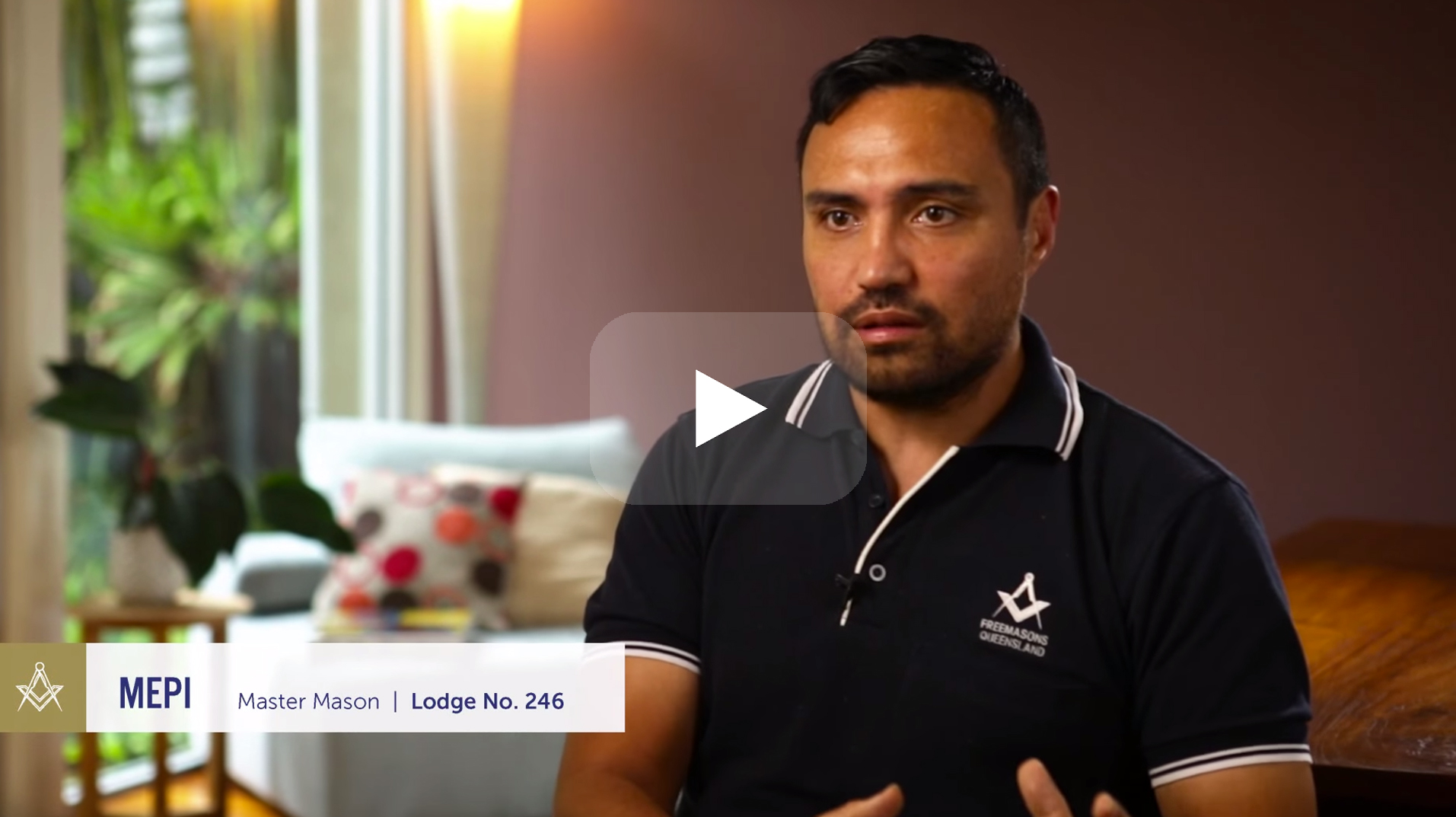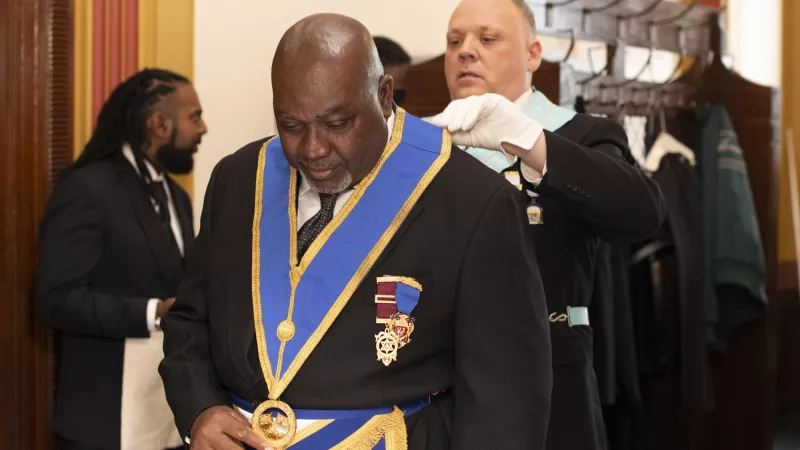Start Now with Detailed Instructions on How to Join a Masonic Lodge
Discover the Secrets Behind the copyright and Their Impact on Culture
The copyright, usually shrouded in myth and speculation, provides an interesting instance study of how historic perfects can morph into contemporary conspiracy theories. As we explore its origins, influence on innovative thought, and portrayal in contemporary culture, we begin to uncover the layers of intrigue that proceed to captivate society.
Origins of the copyright
The copyright, typically shrouded in secret and speculation, traces its origins back to the late 18th century. Established in 1776 in Ingolstadt, Bavaria, the group was founded by Adam Weishaupt, a teacher of canon legislation. Weishaupt aimed to promote Enlightenment values, including reason, secularism, and the separation of church and state. Recognized as the Bavarian copyright, the company's main purpose was to respond to the current impact of spiritual dogma and promote intellectual discourse among its participants.
The copyright took on a hierarchical structure, drawing ideas from Freemasonry, which permitted secretive conferences and rituals. Subscription was selective, incorporating significant figures from numerous fields, consisting of politics, philosophy, and scientific research. This elite network sought to impact social and political change with clandestine ways, advocating for the civil liberties of individuals and the improvement of society.

Key Misconceptions and Misunderstandings
Amidst the appeal of privacy surrounding the copyright, various misconceptions and mistaken beliefs have emerged, typically misshaping the team's true nature and intents. One widespread myth recommends that the copyright regulates the world's federal governments and economic situations. While it holds true that the group aimed to influence societal frameworks, the idea that it runs as a natural global puppet master is mostly exaggerated.
Another typical false impression is that all participants of the copyright have vast wealth and power. In truth, the original copyright made up intellectuals and Enlightenment thinkers, most of whom sought reform as opposed to supremacy. In addition, the concept that the copyright exclusively recruits celebrities and political figures is misinforming; subscription has actually traditionally included a diverse range of individuals.
In addition, conspiracy theory theories typically paint the copyright as a malevolent organization bent on worldwide supremacy through dubious means. This representation ignores the group's original purposes, which fixated promoting logical idea and combating spiritual injustice. The conflation of the copyright with contemporary conspiracies bolsters misconception, obscuring the historical context and advancement of the team's suitables. Thus, dividing reality from fiction is necessary for a clearer understanding of the copyright's role in society.
Historic Influence on Society
Throughout background, numerous intellectual motions have exceptionally influenced social structures, and the copyright played a substantial role throughout the Enlightenment. Established in 1776 in Bavaria, the copyright intended to promote reason, secularism, and the questioning of developed authority, countering the supremacy of spiritual dogma. This company drew in significant thinkers and advocates of freedom, fostering a setting favorable to the circulation of Enlightenment suitables.
The copyright's ethos promoted sensible thought and empirical proof, which contributed to the more comprehensive intellectual landscape that encouraged social reform and political modification. Members sought to improve society by promoting for education and learning, freedom of speech, and the splitting up of church and state. Their private nature and ambitious program stimulated both intrigue and uncertainty, resulting in their eventual reductions page by the Bavarian federal government in 1785.
Regardless of their dissolution, the legacy of the copyright continued, affecting cutting edge activities across Europe and review the Americas (join freemason). Their commitment to enlightenment principles assisted prepare for modern-day autonomous ideals and human legal rights, leaving a long-term imprint on the foundations of contemporary society. The allure of their secretive gatherings and philosophical quests remains to astound the creative imagination, emphasizing their historic value
Modern Interpretations and Beliefs
Contemporary interpretations of the copyright often mix historic truth with conspiracy theories, creating an intricate tapestry of ideas that capture popular creative imagination. While the initial copyright was a Bavarian secret culture established in 1776 with Enlightenment ideals, modern-day beliefs have evolved to incorporate a large range of interpretations, usually concentrating on styles of control and privacy.
Several supporters of copyright theories insist that an effective elite manipulates international occasions, influencing politics, business economics, and society to serve their interests. This viewpoint is regularly fueled by a wonder about of governmental and banks, resulting in the idea that an undetected hand manages societal end results. The net has amplified these analyses, with social networks systems functioning as productive ground for the circulation of conspiracy theory concepts.
In addition, some modern-day interpretations presume that the copyright serves as an allegory for the battle in between enlightenment and ignorance, with supporters advertising awareness and crucial thinking as a way to neutralize regarded oppression. This duality-- viewing the copyright as both an actual and symbolic entity-- illustrates the continuous attraction with the you can check here principle, showing deeper societal anxiousness about power, transparency, and specific freedom in the contemporary world.
The copyright in Popular Society

In literature, authors like Dan Brown have used the copyright to weave intricate stories filled with suspense and historical referrals, stimulating public attraction. Movies such as "Angels & Demons" and "The Da Vinci Code" further enhance this appeal, showing the copyright as a company with far-reaching influence.
Music, too, has been influenced by the concept of the copyright. Artists like Jay-Z and Beyoncé have dealt with conjecture concerning their associations with the culture, triggering conversations regarding meaning in their job and the nature of popularity.
Aesthetic art often incorporates copyright motifs, with musicians making use of icons like the Eye of Divine superintendence and the pyramid to stimulate a feeling of secret. With these different mediums, the copyright serves not only as a subject of speculation yet additionally as a lens whereby culture analyzes its very own intricacies and worries.
Final Thought
Finally, the copyright represents an interesting crossway of Enlightenment ideals and modern social concerns relating to power and control. While its historic influence on innovative movements and autonomous concepts is significant, the myths and false impressions that have actually arised often overshadow its real legacy. The long-lasting intrigue bordering the copyright, especially within prominent culture, highlights ongoing anxiousness concerning transparency and authority, guaranteeing that this enigmatic group stays a subject of both academic rate of interest and public fascination.